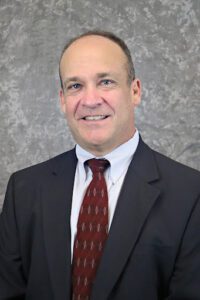OSHA Standard
The Occupational Safety and Health Administration (OSHA) has established guidelines for hearing conservation in the workplace under the OSHA Standard 29 CFR 1910.95 – Occupational Noise Exposure. This standard aims to protect workers from the harmful effects of noise exposure and outlines requirements for implementing hearing conservation programs (HCPs).
According to the OSHA standard, age correction is permitted when evaluating audiometric test results to determine a Standard Threshold Shift (STS). Employers may use age correction values provided in Appendix F of the standard, which contains age correction tables for males and females, to adjust employee audiograms for the expected hearing decline due to age.
Pros & Cons
The benefits of age correction include improved specificity of STS, enabling comparisons between ages, and more focused measurement of noise-induced hearing loss (NIHL). An additional benefit, but controversial, is that it leads to reduced STS and recordables. However, there are cons associated with age correction, such as a reduction in the sensitivity of STS, allowing for more loss before detection, and the outdated nature of OSHA Appendix F tables.
It is important to note that OSHA does not mandate the use of age correction, leaving it to the employer’s discretion to apply age correction when determining an STS. If an employer decides to apply age correction, they must do so consistently for all employees in the HCP.
Best Practices
Employers aiming to develop best practices should consider not using age correction as part of their HCP. A key principle of HCPs is the early detection of NIHL and prompt intervention to prevent further deterioration. While age correction does decrease the incidence of STS, it can lead to delayed detection of hearing loss changes, which may result in higher degrees of loss (e.g., moderate-severe vs. mild). By not using age correction, an earlier STS can prompt workplace noise evaluations that may identify unsafe exposures or practices.



